
The Second Chemistry section is responsible for casework, research, and development in the field of forensic toxicology. Systematic analytical methods for toxic substances using novel pretreatment techniques and high-performance analytical instruments are being investigated. The analyses of thinners, blood and breath alcohol, illegal food additives and environmental pollutants, are also being studied and performed.
Analyses of toxic substances
In the event of accidental, homicidal, or suicidal poisoning, the identification of toxic substances in various samples, such as biological or food specimens, is exceedingly important. Rapid and sensitive analytical methods for organic and inorganic toxic substances, such as pesticides, natural toxins, toxic metal compounds, abused volatiles, and alcohol, are being investigated. The development of systematic analytical methods for pesticides is also being studied.
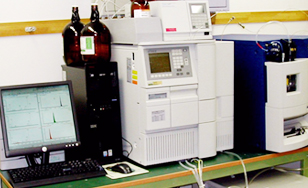
Liquid chromatograph - tandem quadrupole mass spectrometer (LC-MS/MS) for selective and sensitive determination and quantification of trace amounts of toxic compounds in complex matrices such as biological specimens or food samples
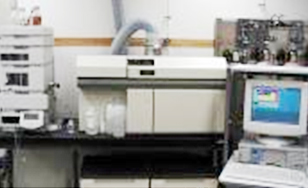
Liquid chromatograph - inductively coupled plasma mass spectrometer (LC-ICP-MS) for ultramicrodetermination and quantification of trace amounts of pesticides and toxic metal compounds.
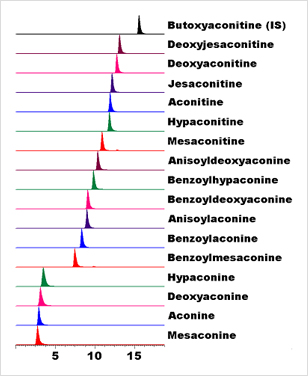
Simulatenous microdetermination and quantification of Aconitumalkaloids and their metabolites in urine
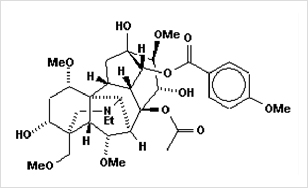
Jesaconitine - the most toxic C19-alkaloid in Aconitum spp.
Development of analytical method for environmental pollutants
Rapid and sensitive methods for the determination of hazardous environmental pollutants in industrial wastes or illegal dumping sites are investigated. The identification of the source of industrial wastes is also performed by analysis of composition of the ingredients in the wastes.
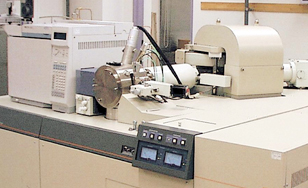
Gas chromatograph - high-resolution mass spectrometer (GC-HRMS) for determination and quantification of trace amounts of halogenated toxic compounds such as dioxins, dibenzofurans or PCBs
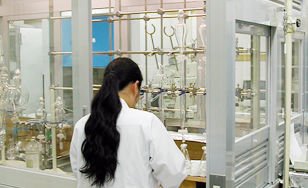
Laboratory for treatment of dioxins
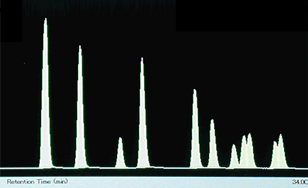
Detected dioxins, dibenzofuans and PCBs in an industrial waste sample
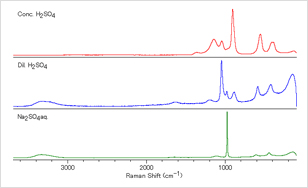
Detection of sulfuric acid in industrual waste and determination of its chemical form by Raman spectrometry
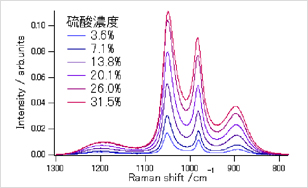
Direct quantative analysis of sulfuric acid by Raman spectrometry
